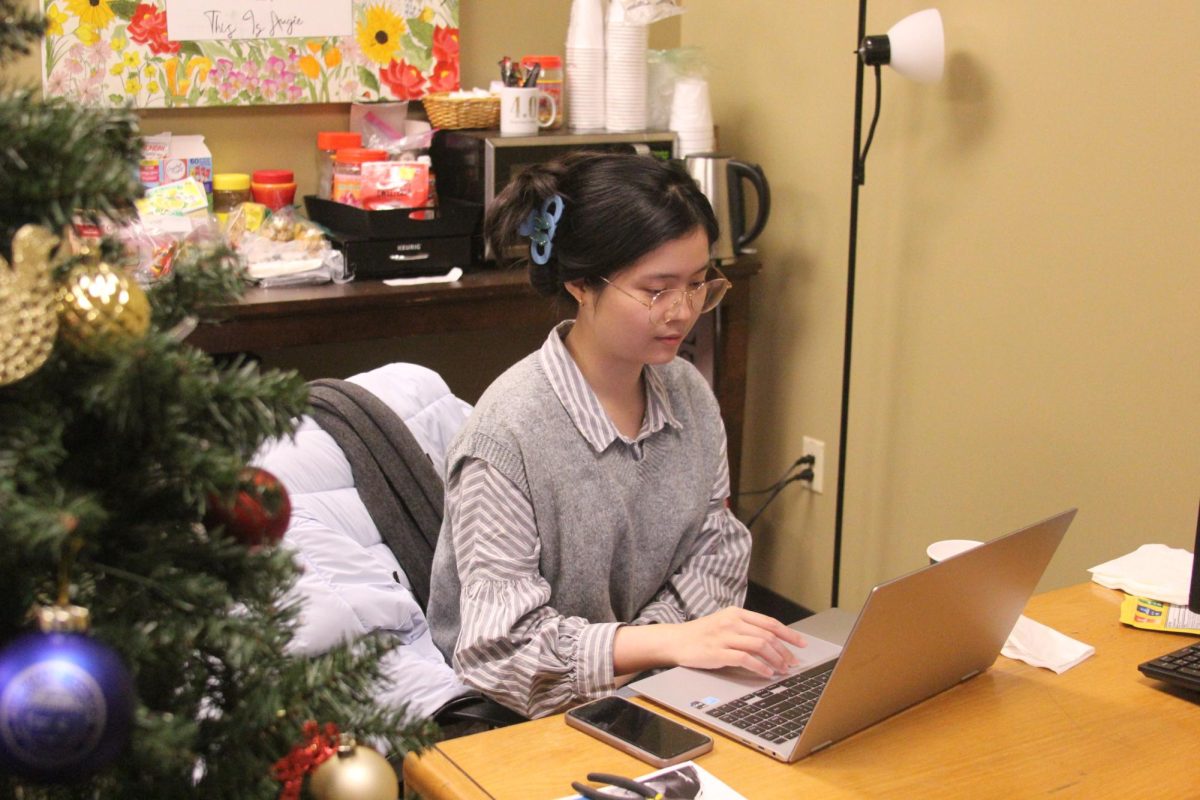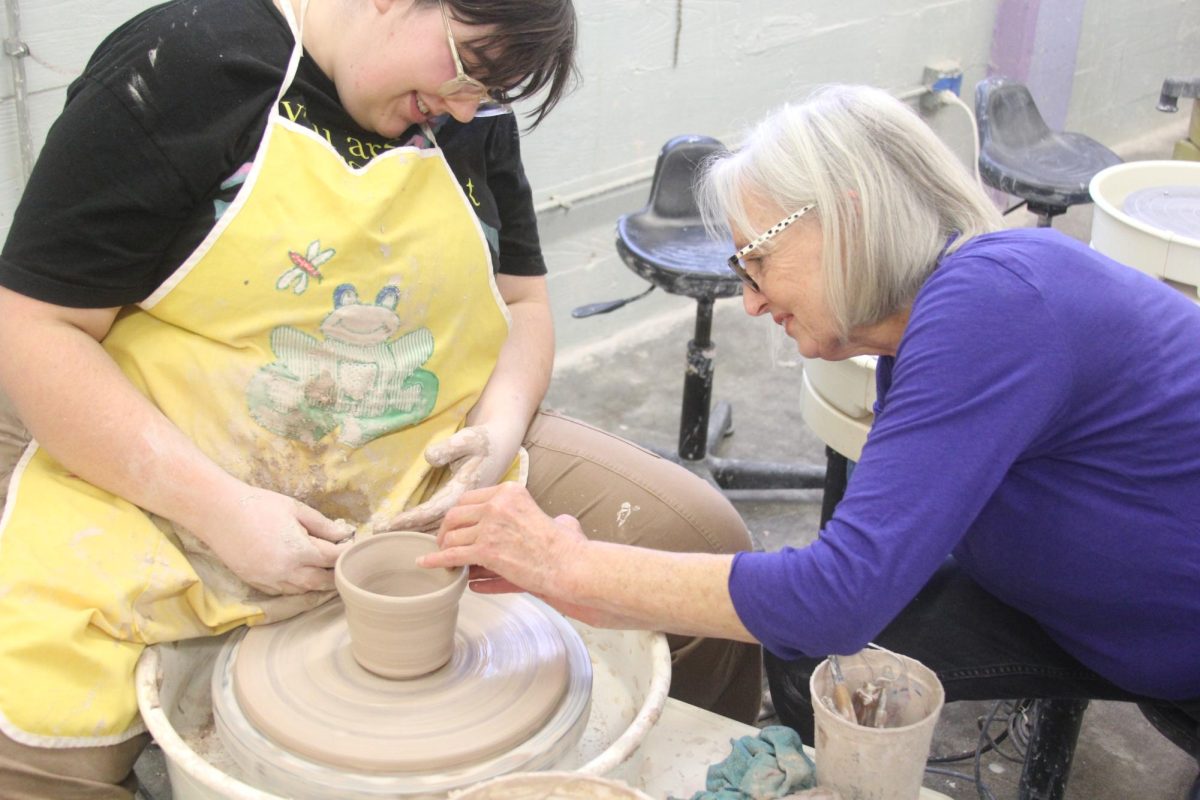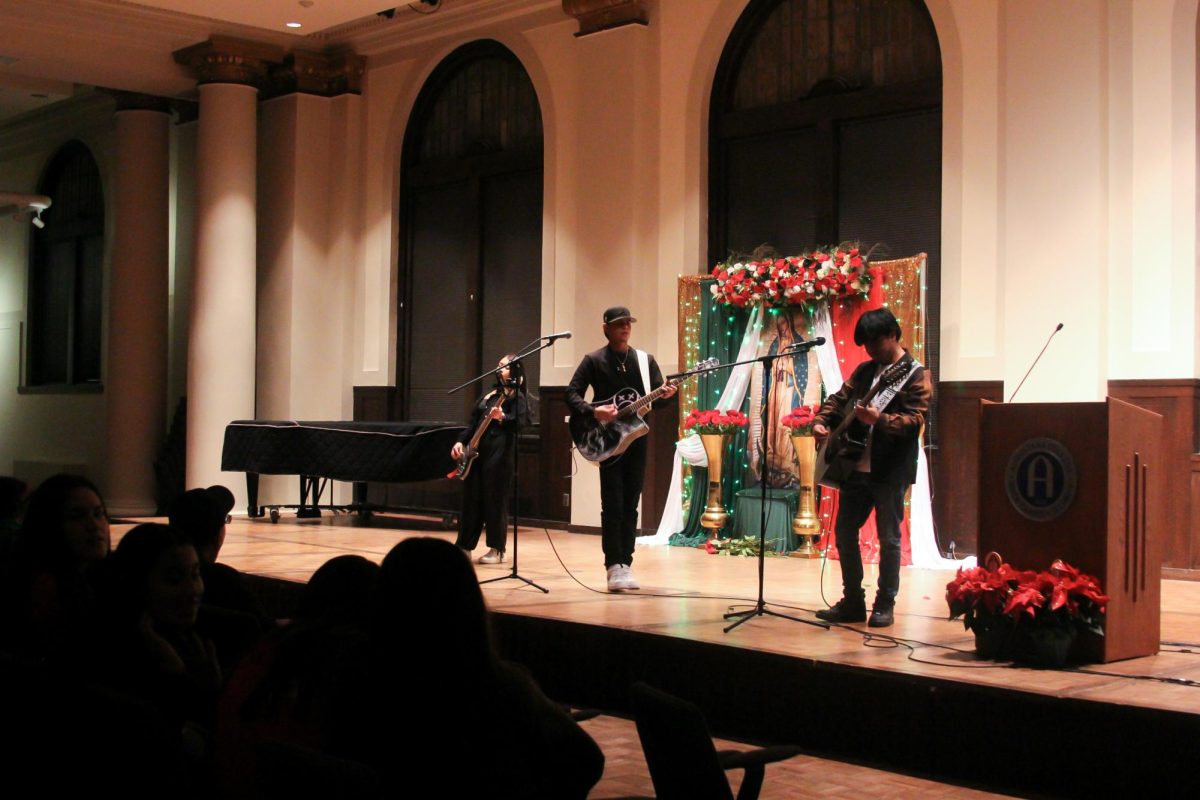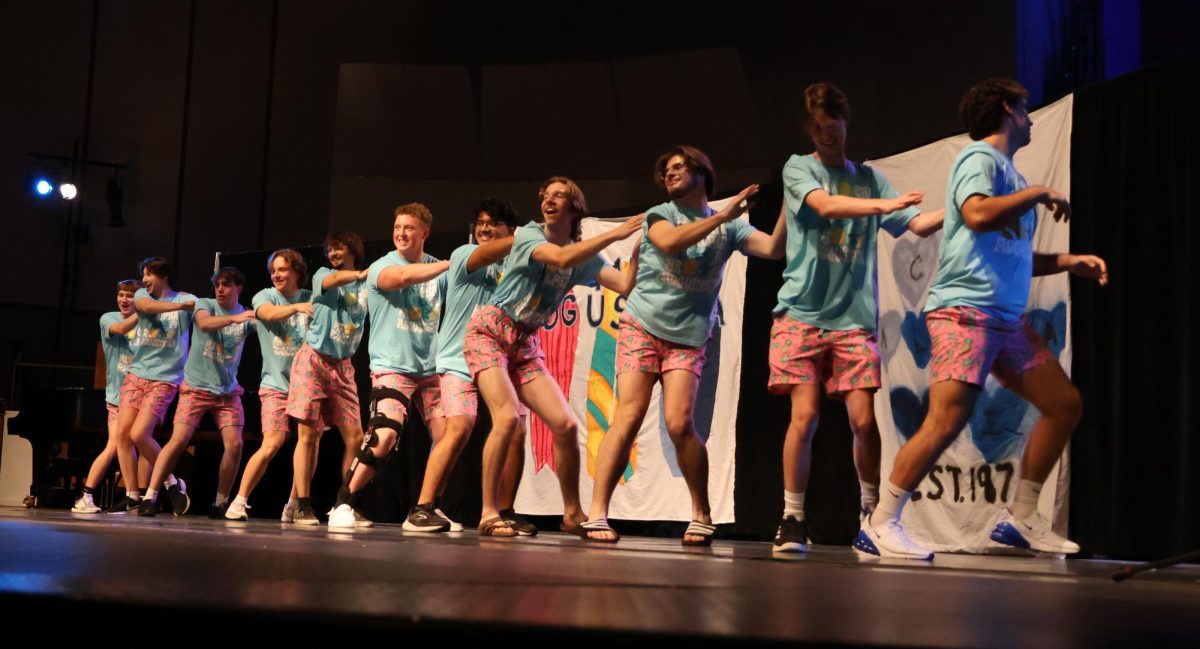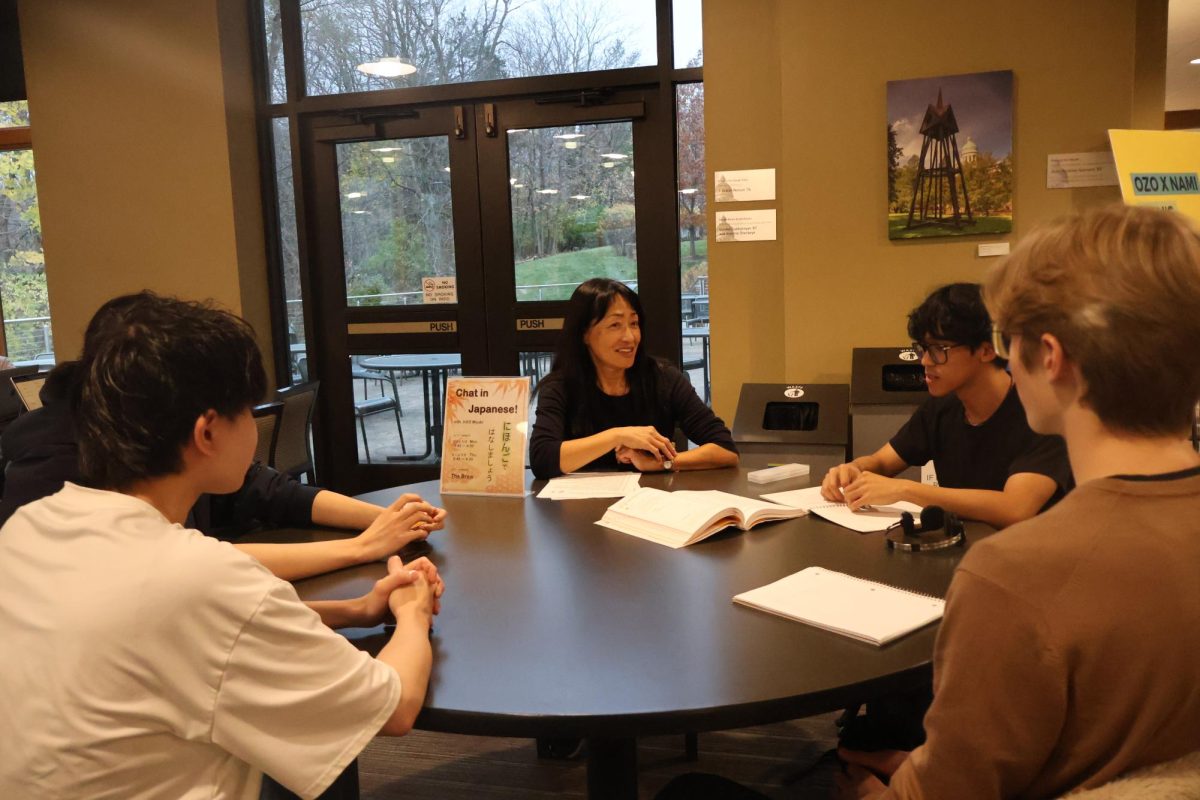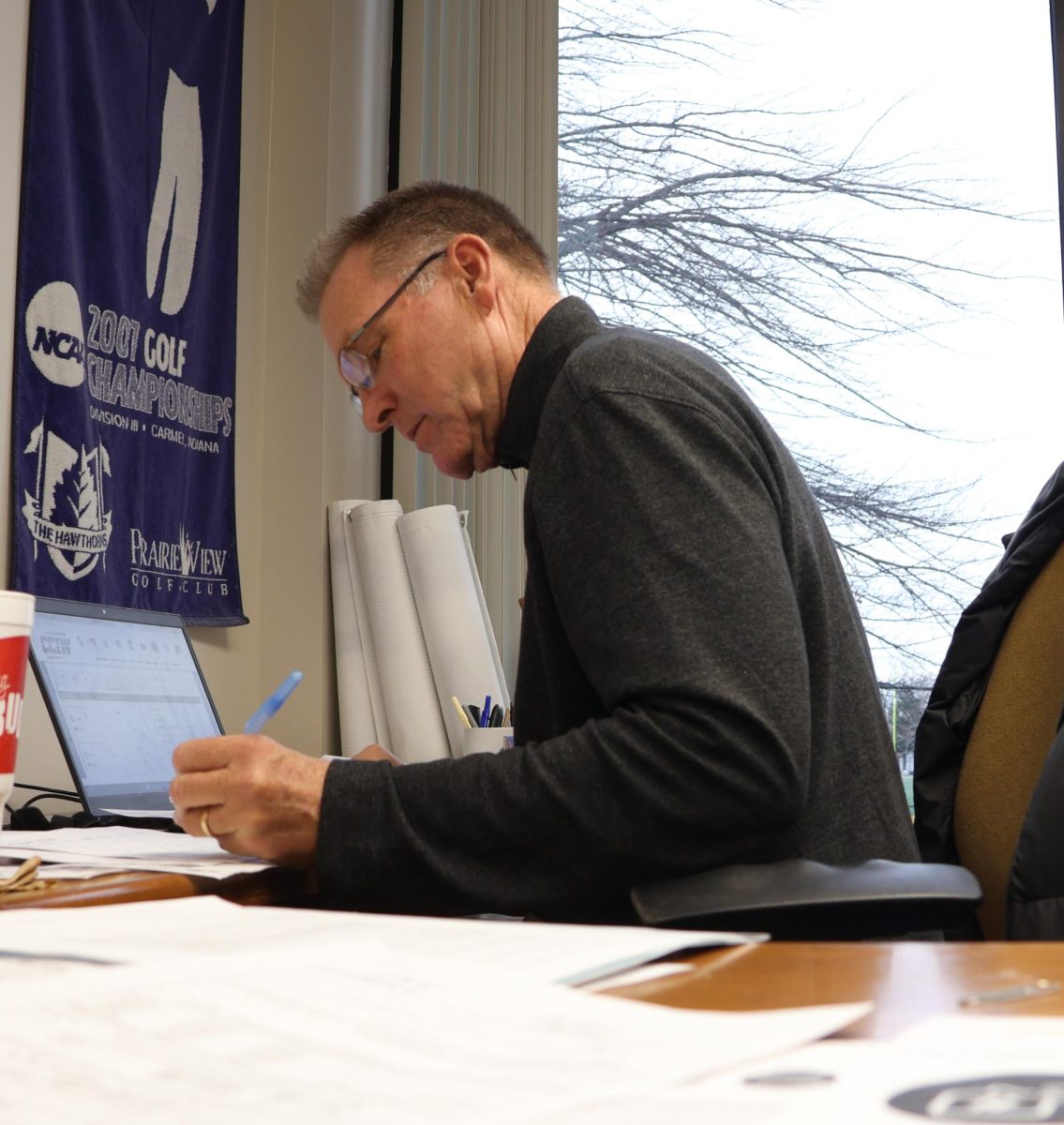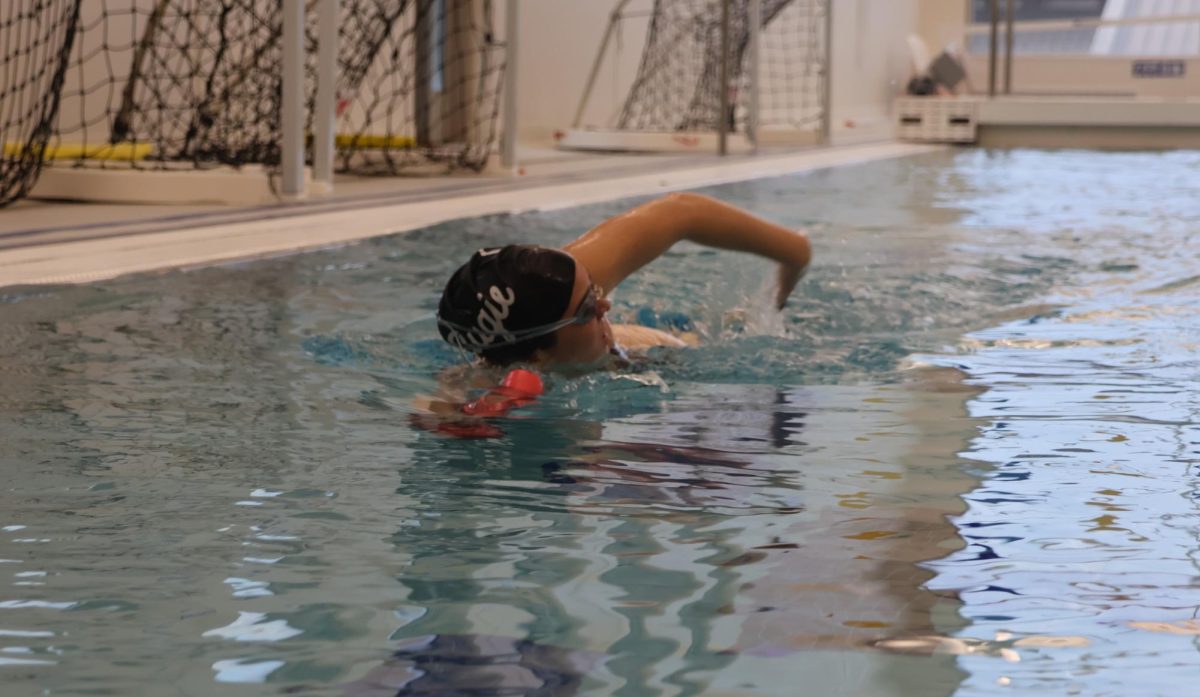As the upcoming Presidential Election draws closer, it becomes increasingly apparent in politics, and more specifically in presidential elections, college students are considered a crucial demographic due to their numbers, enthusiasm and growing political consciousness.
Yet, the current advertising fails to effectively reach this audience, particularly in a college setting like Augustana College, raising important questions about the execution of today’s campaigns.
At Augustana and many other liberal arts colleges, the student body is characterized by diversity in thought and background, as the campus promotes the idea of “well-rounded” students.
However, when it comes to political advertising, the strategies employed by presidential candidates often fall short of addressing the unique preferences and concerns of this demographic.
One common tactic employed in political advertising is social media platforms.
Candidates invest heavily in crafting messages that resonate on Instagram, X and TikTok, an approach grounded in the assumption that college students, typically digital natives, will engage with these platforms.
For example, Kamala Harris, Donald Trump and Tim Walz are widely known for their campaigns’ use of TikTok.
While it is true that students at Augustana College are active on social media and will likely see these advertisements, using these platforms as a primary means of engagement is questionable.
Social media advertising tends to be more superficial, often focusing on soundbites and sensational imagery rather than substantive policy discussions.
Due to the surface-level advertising of candidates, student voters may select a candidate based on partisan ideas or simply preferring one over the other, rather than their policy positions or dialogue.
If this is a continuing method of accumulating votes, there is the possibility that students will have low awareness of who the candidate is beyond what they’ve learned through sensational, often short-form content.
Another prevalent strategy is the use of endorsements from celebrities or influencers.
While endorsements can help humanize candidates and generate buzz, their impact on college students is mixed.
At Augustana College, students are generally discerning about such endorsements.
A notable example is wrestler Hulk Hogan’s attendance at the Republican National Convention or sightings of Oprah Winfrey and Spike Lee, among other A-listers, at the Democratic National Convention.
Some of these endorsements are about marketing rather than meaningful alignment with the celebrity’s values, translating into a risk that these endorsements may not translate into authentic engagement or increased voter turnout.
Moreover, the effectiveness of political advertising is also influenced by the overall political climate and students’ prior engagement with politics.
Many college students, including those at Augustana, are increasingly disillusioned with traditional political advertising due to its often divisive and negative tone and politics in general.
As a result, many students look for authenticity and transparency from candidates and may require a strong connection with a candidate or their values before casting their vote.
Campaigns that merely recycle old strategies or fail to adapt to the current climate risk alienating this demographic further and causing low political engagement.
Overall, while some current political advertising strategies may be designed with college students in mind, their effectiveness is contingent upon their alignment with students’ values and concerns.
For students at Augustana College and similar schools, political campaigns that focus on substantive policy issues, engage in genuine dialogue and utilize personal connections are more likely to resonate with the student body.
As the political landscape continues to evolve, adapting strategies to meet the unique needs and expectations of college students will be crucial for achieving meaningful engagement and influence.

